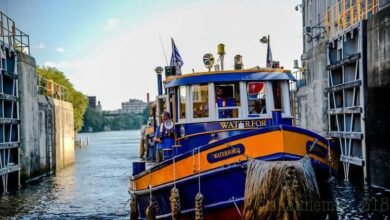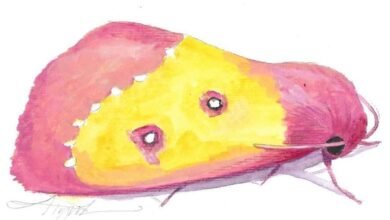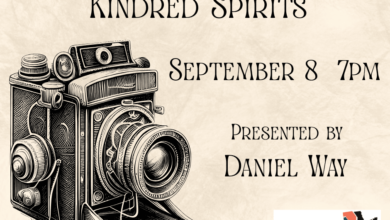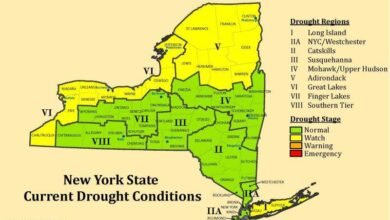‘A Storm of Flies’: Mayflies on the Hudson River
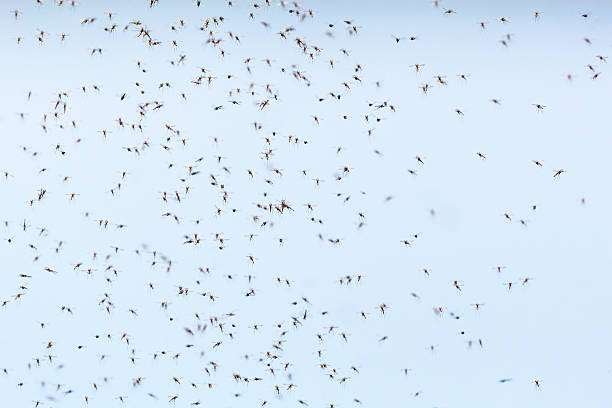

 Mayflies are aquatic insects in the order Ephemeroptera (meaning short-lived). They are also known as shadflies, fishflies, or up-winged flies. Folks who live along rivers are more familiar with the “hatch” of mayflies which can number in the thousands or millions, when conditions are just right.
Mayflies are aquatic insects in the order Ephemeroptera (meaning short-lived). They are also known as shadflies, fishflies, or up-winged flies. Folks who live along rivers are more familiar with the “hatch” of mayflies which can number in the thousands or millions, when conditions are just right.
In the past rivers like the Hudson, Mohawk and Susquehanna could see hatches of mayflies so large they became international news. What follows are two stories reporting mayfly hatches of enormous proportions in September 4, 1880.
A Storm of Flies on the Hudson
A storm of files was encountered on the Hudson on Sunday afternoon, similar to the one recorded in the London Telegraph as having been seen at Havre [in France] a week or two ago.
The steamer Martin, bound south, encountered the fly storm [in the 20 miles] between New Hamburgh [Dutchess County] and Newburgh [Orange County]. It was like the Havre storm, as described by the London Telegraph, seemingly a great drift of black snow, and it reached southward from shore to shore as far as the eye could reach.
There were millions upon millions of the flies, and they hurried northward as thick as snow flakes driven by a strong wind. They lodged upon the clothing of the passengers on the steamer and were minutely examined. They were long and black and had light wings, and the cloud must have been miles in length.
The steamer Mary Powell ran into the fly storm off Haverstraw [Rockland County], and the first mate, Bishop, says that in all his steam-boating experience he never saw such a sight.
Traveling Flies
On the afternoon of Saturday, September 4, the steamboat Martin encountered, on the Hudson River, between New Hamburg and Newburg, a vast cloud of flies.
It reached southward from shore to shore as far as the eye could reach, and resembled a great drift of black snow. The insects were flying north ward “as thick as snow flakes driven by a strong wind.”

 The steamer Mary Powell ran into the fly storm off Haverstraw, some forty miles below where the Martin encountered it. The flies were “long and black and had light wings.”
The steamer Mary Powell ran into the fly storm off Haverstraw, some forty miles below where the Martin encountered it. The flies were “long and black and had light wings.”
A dispatch from Halifax, Nova Scotia, states that on Sunday, Sept. 5, immense swarms of flies passed over Guysboro, 120 miles north eastward of Halifax. They came from the east and resembled a dark cloud.
A correspondent of the Toronto Mail, writing from East Pictou, Nova Scotia, describes a similar phenomenon as occurring there August 21. The flies, forming a veritable cloud, passed Lismore at 6 o’clock in the evening, close to the shore.
They went with the wind, which was blowing lightly from the west, occupying about twenty minutes passing a given point.
They made a loud, buzzing noise, which was heard by many who missed seeing them. They flew so low that some of
them appeared to fall into the water.
About two miles below Lismore they slightly changed their flight, heading more to the north. After their passage numbers of strange flies were observed in some of the houses near the shore.
They were about half an inch ill length, with wings proportionately longer than those of the common house fly, but whether they be longed to the swarm is uncertain.

 In none of these American reports are the flies mentioned as biting, like the swarm of flies which invaded the port of Havre, France, a few weeks ago.
In none of these American reports are the flies mentioned as biting, like the swarm of flies which invaded the port of Havre, France, a few weeks ago.
From the indefinite descriptions given of them it seems possible that the American flies may have been ichneumon flies, which have had an exceptionally favorable season for multiplication, owing to the multitudes of army worms in which they deposit their eggs.
[It’s much more likely these swarms were mayflies, which are known to do this to this day.]The first story abovhusdone was reported in the Putnam County Courier on September 11, 1880, the second story is from Scientific American, September 25, 1880. They have been annotated and introduced by John Warren. Special thanks to George A. Thompson a Hudson River Maritime Museum volunteer who located the and transcribed the first story.
Illustrations, from above: A “swarm of flies”; the steamboat Mary Powell (Hudson River Maritime Museum); and the aftermath of a very large June 2015 mayfly swarm on the Susquehanna River (courtesy Susquehanna National Heritage Area).
Source link

